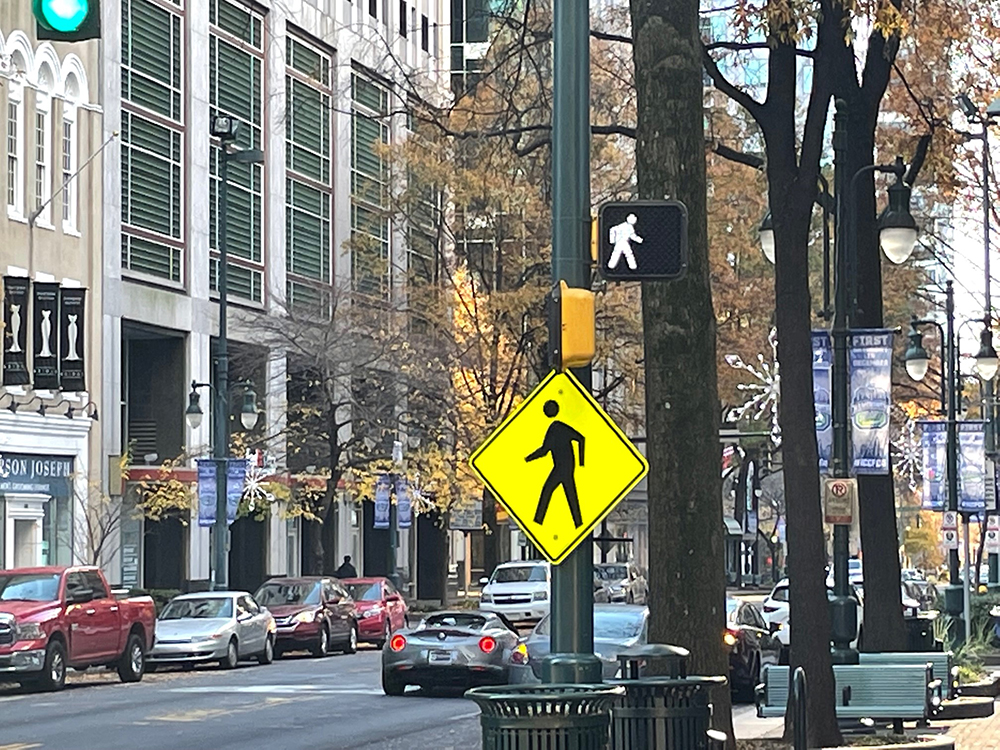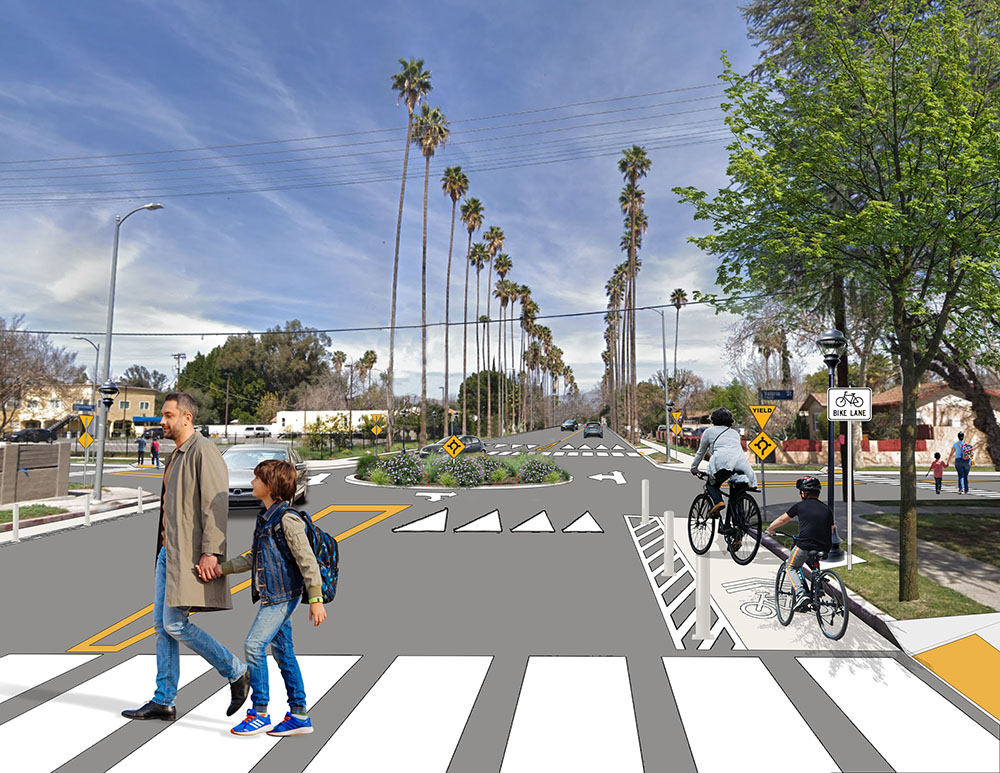
The US City of Charlotte, North Carolina, has pledged to provide "safe and equitable mobility options for all travellers regardless of age, income, ability, race, gender, where they live, or how they choose to travel".
By 2040 it wants half of all commutes to be made by walking, biking and transit rather than a single-occupancy vehicle.
However, the Charlotte Strategic Mobility Plan states that, while the aspiration is to achieve a 50-50 mode share, "the outcomes include maintaining travel times, improving transportation equity, reducing greenhouse gas emissions, improving public health, and maintaining our economic competitiveness".
The document certainly sets out a bold vision of "an integrated system of transit and tree-shaded bikeways, sidewalks, shared use paths, and streets" to support "a sustainable, connected, prosperous, and innovative network that connects all Charlotteans to each other, jobs, housing, amenities, goods, services, and the region".
In 2021, there were 72 fatalities on the city's streets. Between 2017-2021, people walking and biking were involved in less than 3% of all crashes, but accounted for over 40% of fatalities.
All of the city's fatalities and serious injuries occur on just 10% of Charlotte’s streets, with speeding accounting for 44% of all traffic fatalities.
The city says that, in 2018, it made a renewed commitment to safer streets with the adoption of the Vision Zero Action Plan.












